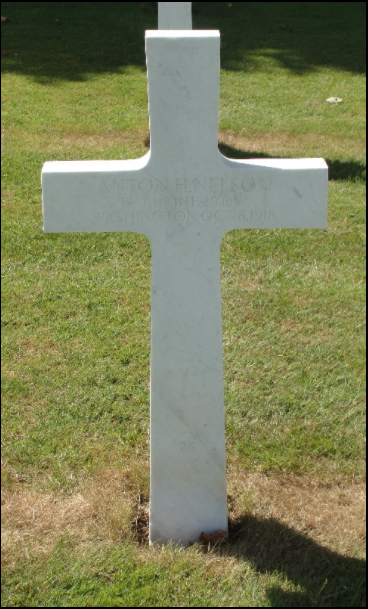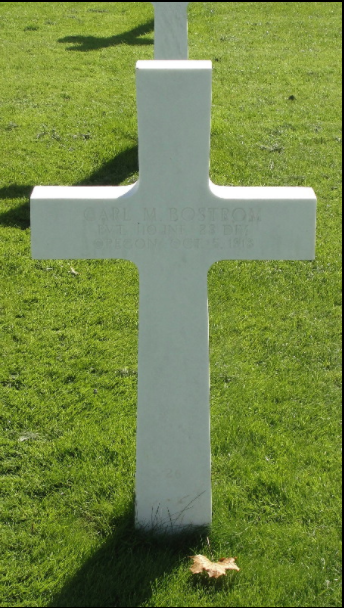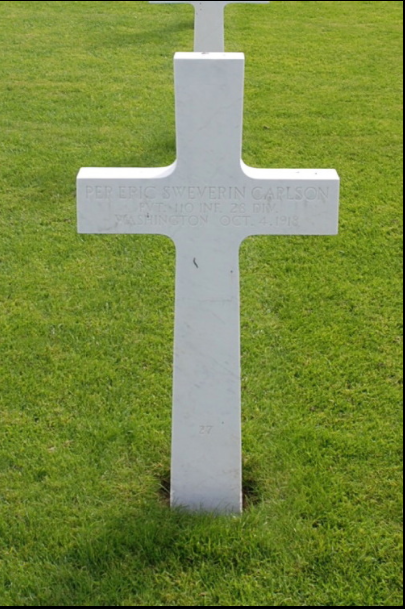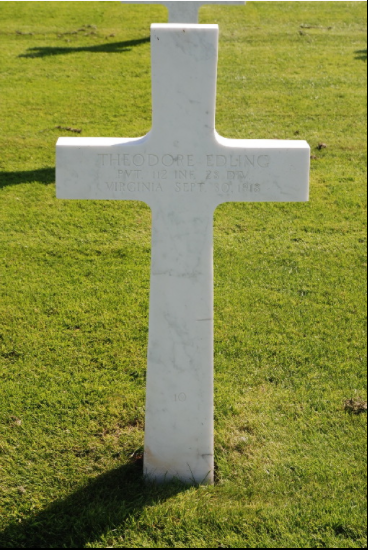During the The Great War the American Expeditionary Force (AEF) sent units to the battlefields in France and Belgium during 1917 and 1918. In these Divisions there were a lot of Swedish emigrants who became American citizens and registered themselves for the American Army at that time. The most common reason for that was probably that it was one way to American citizenship. There were also some of these Swedes that joined the Army voluntarily after they settled down in their new country.
In my research I have so far mapped about 98 individuals who fought and fell for the AEF at the Western Front in France and Belgium, in The Great War. Most of those participated during 1918.
When listing the facts about those individuals I see that some Swedes fought for the same units in specific battles. I have decided to write small stories about those units and especially the Swedes who were in these units.
The first story will cover six Swedes who fought for the 28th Division in the Meuse-Argonne Offensive.
The unit
The 28th Division in the AEF, sometimes known as the “Iron Division” was formed from the National Guard in Pennsylvania. They were trained at Camp Hancock, Augusta, Georgia, and first arrived in France in May 1918. The first unit arrived in France May 14th, 1918 and the last element arrived June 11th, 1918.
For training purposes the unit was attached to the 34th British Division south of Saint-Omer, France, and remained attached to June 9th, 1918. In June 13th the unit was attached to French troops in the vicinty of Paris. The Artillery Brigade from the 28th Division went to Camp Meucon for same purposes.
The commanders during September 1917 and May 1919 were Major General Chas. M. Clement, Brig. General Wm. G. Price, F. W. Stillwell, Maj. General Chas. H. Muir and William H Hay. Except for some fightings in the area of Chateau-Thierry in June and July 1918, and in Vesle Sector on August to September 1918, they were also involved in fightings in the Meuse-Argonne offensive from September 26th to October 10th 1918.
In June and July the Division participated in the Champagne-Marne defensive and the Aisne-Marne Offensive. In this offensive they relieved the French 39th Division on July 28th. In september the unit moved to Argonne where they took over the sector near Aire Valley. 28th Division where heavily engaged in the Meuse-Argonne offensive on September 26 to October 9th.
In total they captured 921 prisoners (10 officers and 911 Other Ranks). They also captured 16 pieces of Artillery and 63 Machine-guns. Total advance from frontline were about 10 km. During the fightings they suffered 2531 deaths and 13746 wounded. The total figure of casualties were 16277.
The unit received 58 Distinguished Service Cross (D.S.C) The insignia of the unit is a Keystone of red cloth.
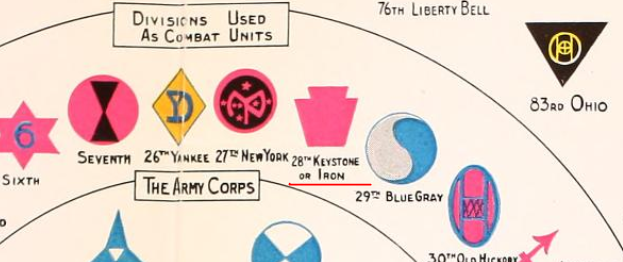
The Swedes
The Swedes connected to this unit were as follows:
- Carl E Blomkvist (Carl Edvin Blomqvist) 55th Brigade, 108 MG Battalion.
- Fritz E Benson (Fritz Edmund Constantin Olsson) 55th Brigade, 109 Infantry.
- Carl M Bostrom (Karl Magnus Boström) 55th Brigade, 110 Infantry.
- Per E S Carlson (Per Erik Severin Petersson) 55th Brigade, 110 Infantry.
- Theodore Edling (Vilhelm Teodor Edling) 56th Brigade, 112 Infantry.
- Anton H Nelson (Anton Hjalmar Nilsson) 56th Brigade, 112 Infantry.
They arrived to the area of France between June and August 1918, and the only one I do not have any information of arrival about is Carl E Blomkvist, but I will try to search more for these facts.
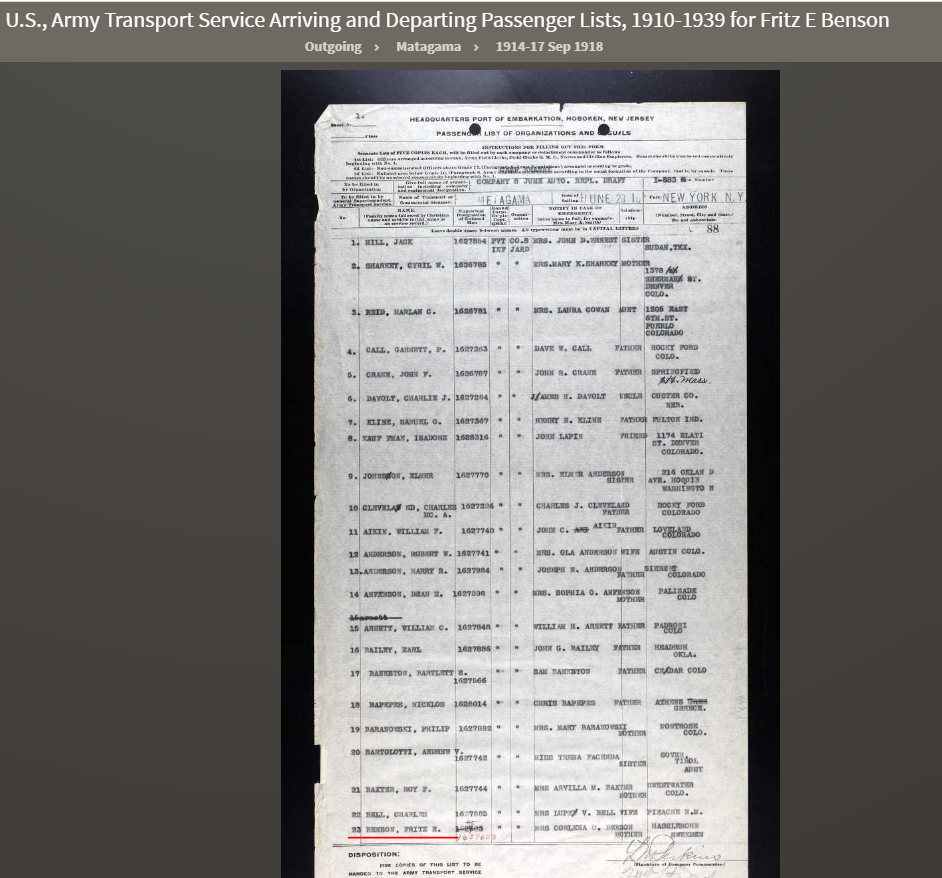



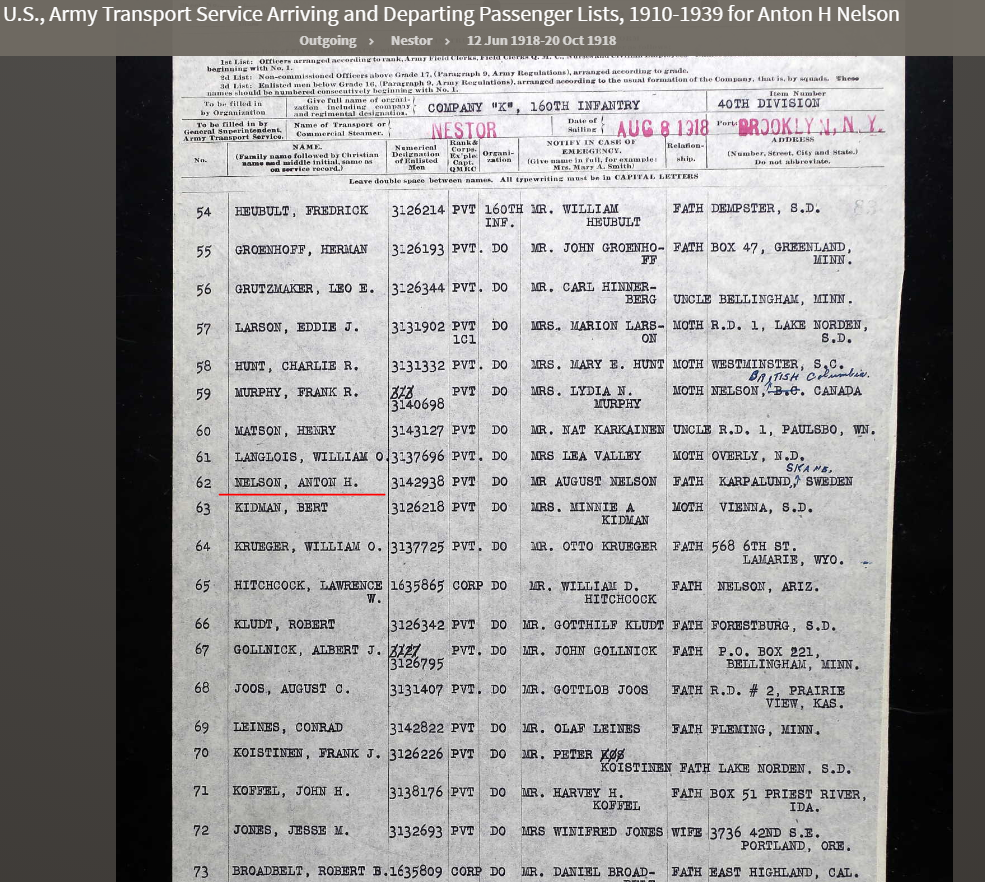
Source: Ancestry.
108 MG Bn, Pvt Carl E Blomkvist was born 1878 and raised in the coastal area of Värmdö on the Swedish east coast, east of Stockholm, by his parents Edla Maria Vilhelmina Hansdotter and Carl Fabian Blomqvist. His father was working at the famous factory “Gustafsberg” and the only history about where he lived and was raised is the text from the church book from 1880, which also says he did his conscript in Sweden in 1899, age 21 as it should be, in “Roslagens kompaniområde” which today is the Swedish Svea Life Guard Regiment outside Stockholm. He went over to the USA from Sweden in 1907 according to the Church books and joined the AEF from Pennsylvania, but there is no documents of when he left for France, probably between June and August 1918 as the rest of the units in the 28th Division.





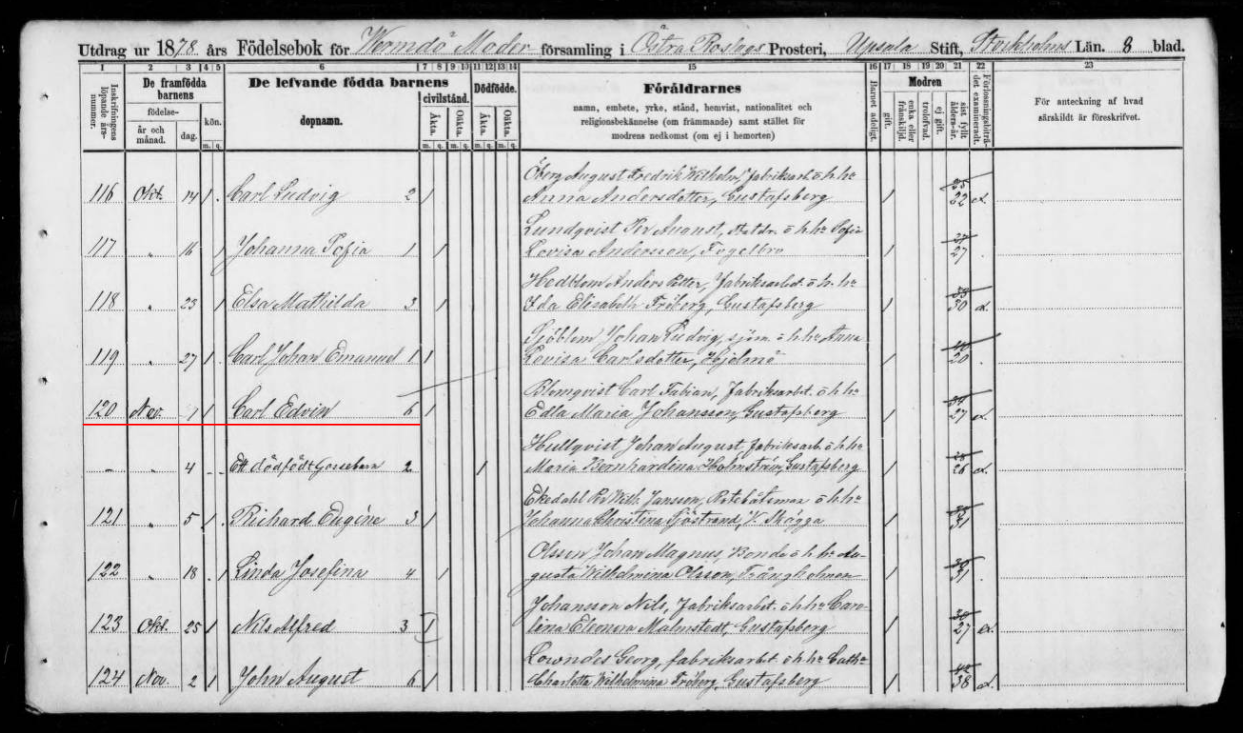
109th Infantry, Pvt Fritz E Benson was born 1893 and raised in Stoby by his parents Karolina Nilsdotter-Roos and his father Bengt Olsson, Benson is probably from “Bengts son” and then made more easy to pronounce, Benson. Stoby is near the town of Hässleholm in the southern part of Sweden, in Kristianstad County. There is not much more info about how long he lived there, as it has been hard to track when he emigrated to the United States. I know that he went over to France In June-July 1918, as he left the states in June. He was the first of these six Swedes to arrive to the front.
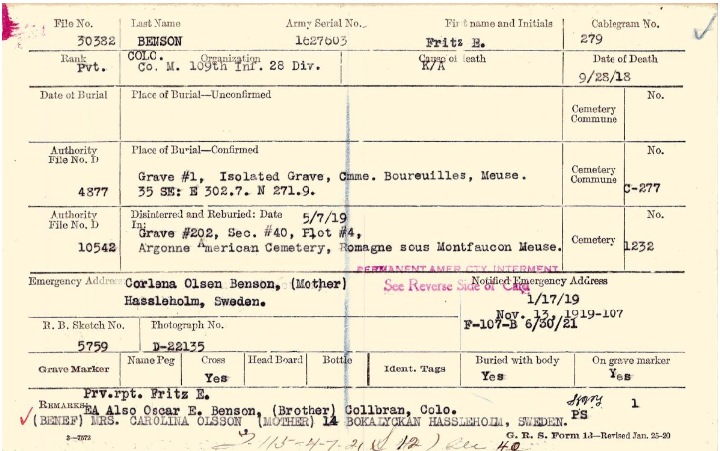

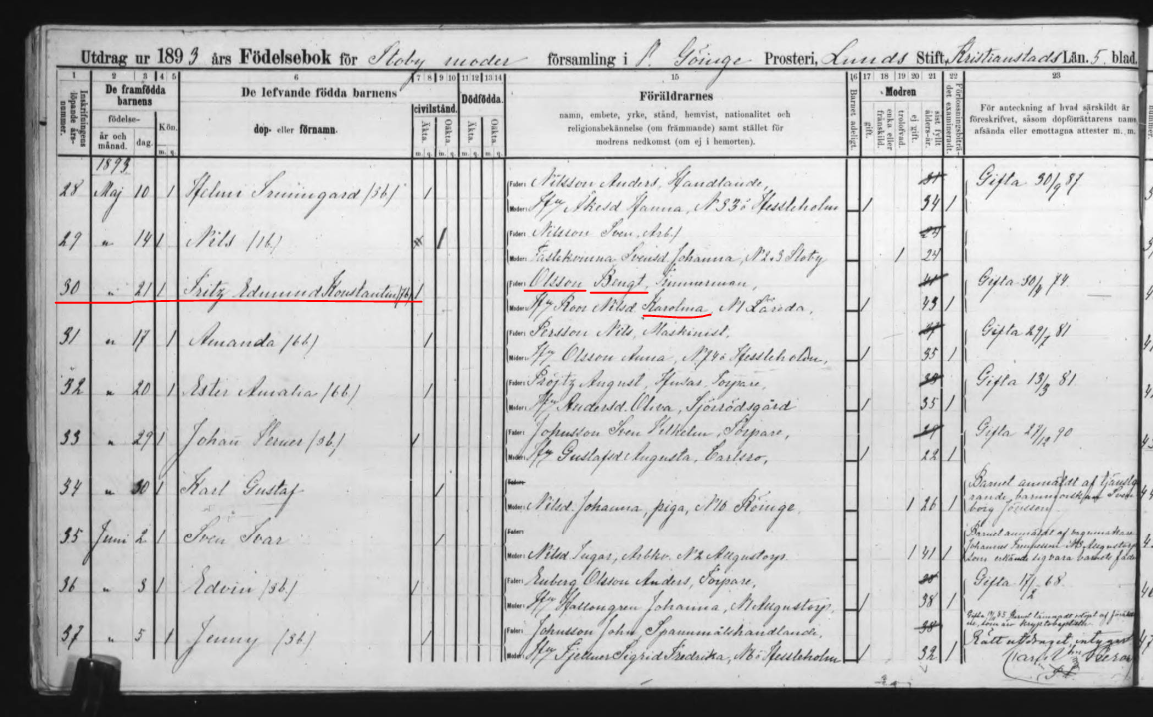
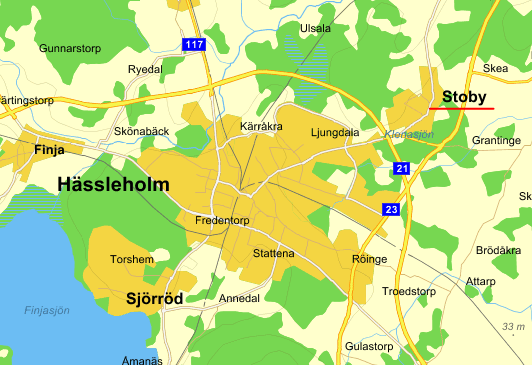
110 Infantry, Pvt Carl M Bostrom was born 1886 and raised in Sunne, Värmland, Sweden by his parents Kristina Magnusdotter and Emil Boström. Carls father had his surname Karlsson when Carl was born, and in the Church Books it says Emil Boström Karlsson. Emils profession was Grave-digger. In the book it says that Carls father Emil was convicted for theft and had to pay a fine of 25 kronor in 1896, a huge amount of money at that time. Carls father Emil went to North America in 1901, and Carl followed him in 1903. The other family members stayed in Sweden as far as I can read. He joined the AEF from Oregon and left for France in August 11th, the same date as Per E S Carlson below, probably on the same ship, as they used to take over whole units at once. It would be great to know if the knew about eachother.

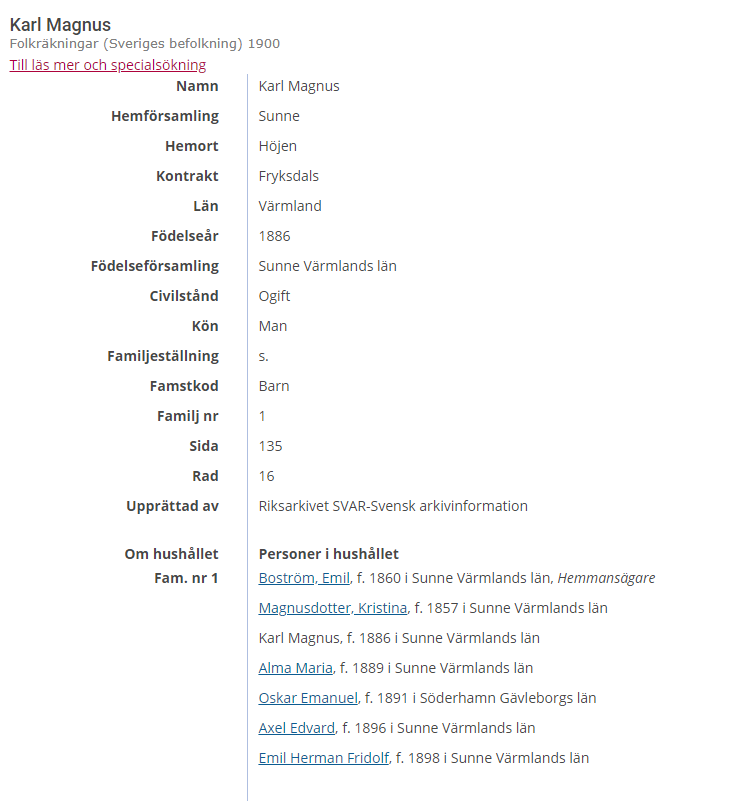


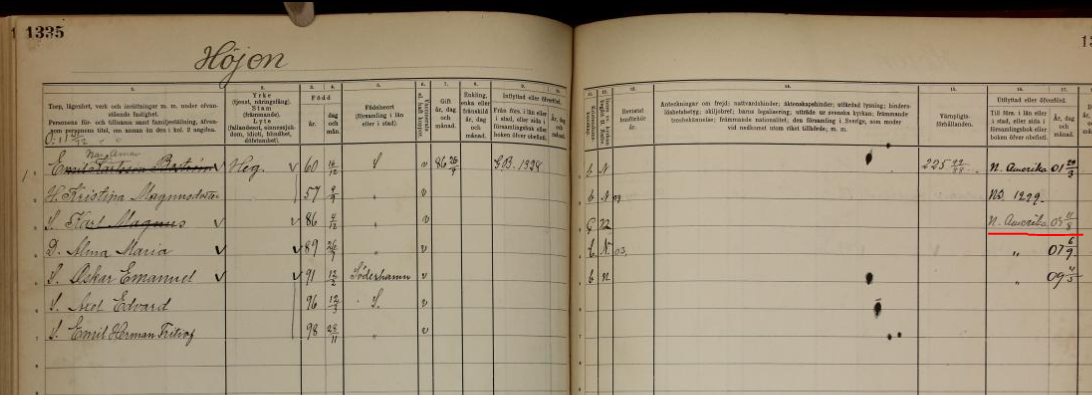

110th Infantry, Pvt Per E S Carlson was in the same brigade and infantry unit as Carl M Bostrom. Per was born in 1889 in Hultsjö, Jönköpings County, not far from my hometown. He was raised by his parents Ida Sofia Petersdotter and Gustaf Petersson. He was born just on the border to Kronobergs County, and later moved to another farm just a few kilometers away, but into another County. The Church Book says that he is absent from 1910, and he is noted in the book of abcent people in 1914, and the text says “he is supposed to be abroad, in N America”. He became an American citizen according to the documents from USA in 1916, and passed as many others in that time also Liverpool in the UK. He joined the AEF from Seattle in the state of Washington, and went to France August 11th 1918.
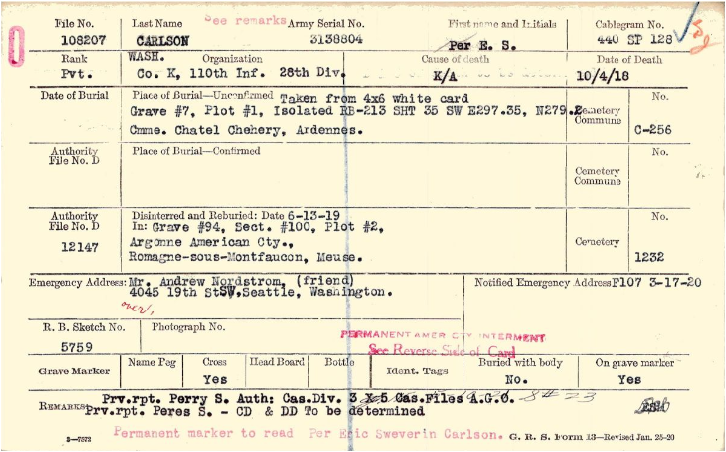


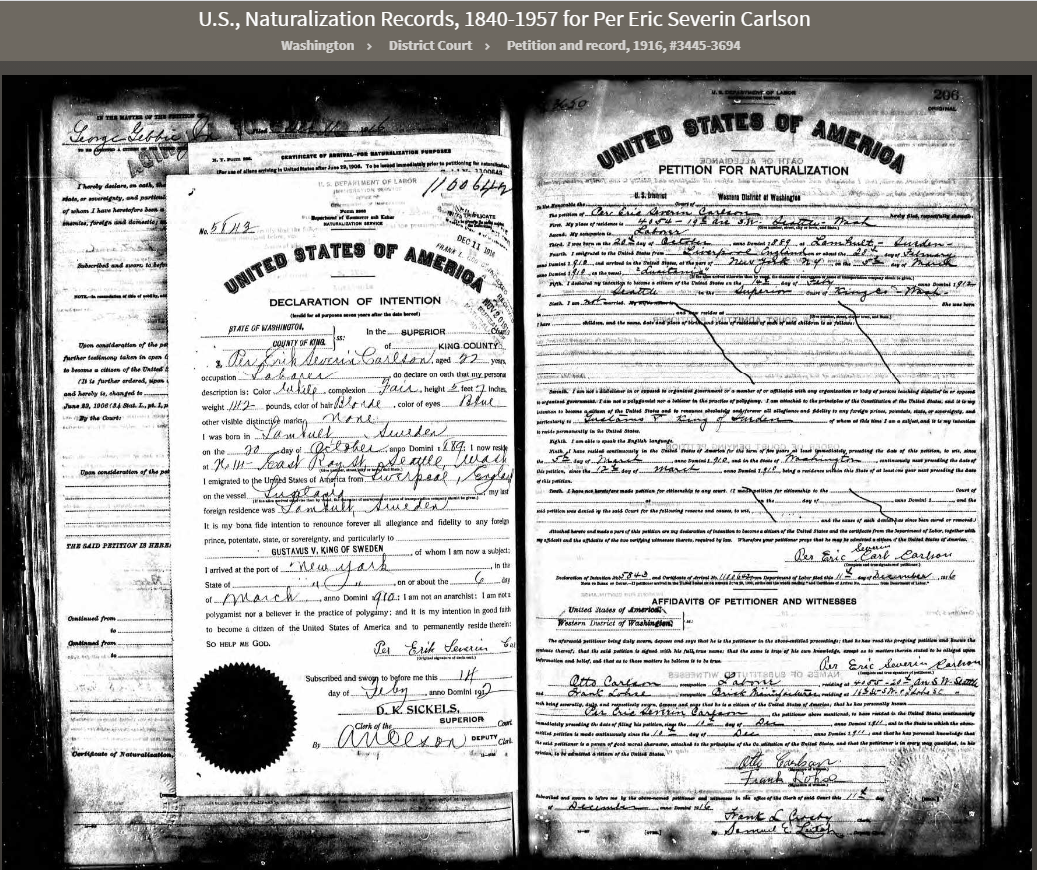
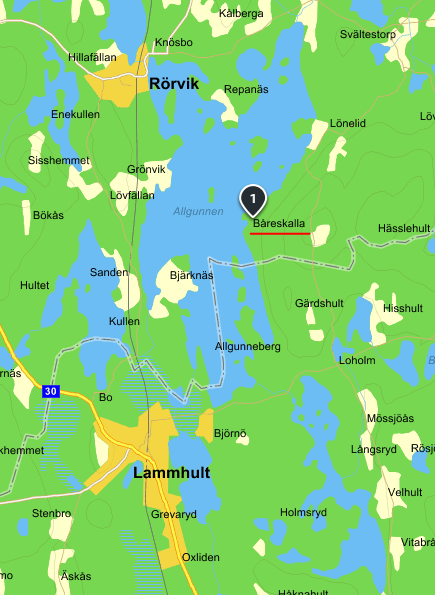
112th Infantry, Pvt Theodore Edling was born in 1888 and raised in Norberg, Västmanlands County by his parents Karolina Vilhelmina Strandberg and August Edling. He lived in Norberg and Avesta and in 1910 he was stated to be absent from the church books that later also mention that he is killed in The Great War in 1918. I do now that he left Liverpool in the UK for USA in 1916, and from Virginia he joined the AEF, and left for France in July 18, 1918, as the second of those Swedes to go to France.
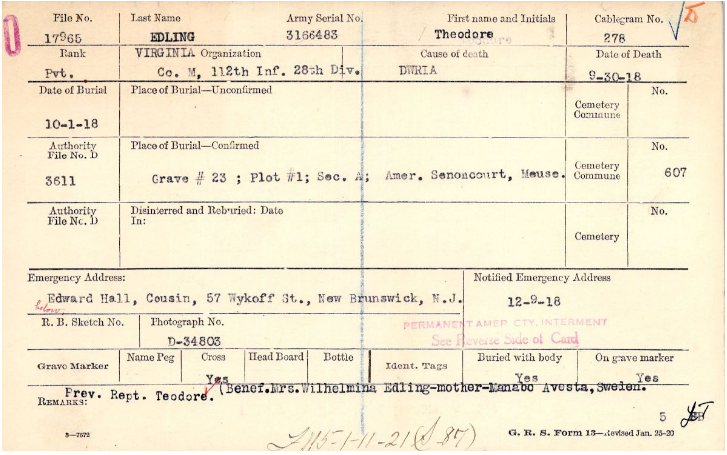

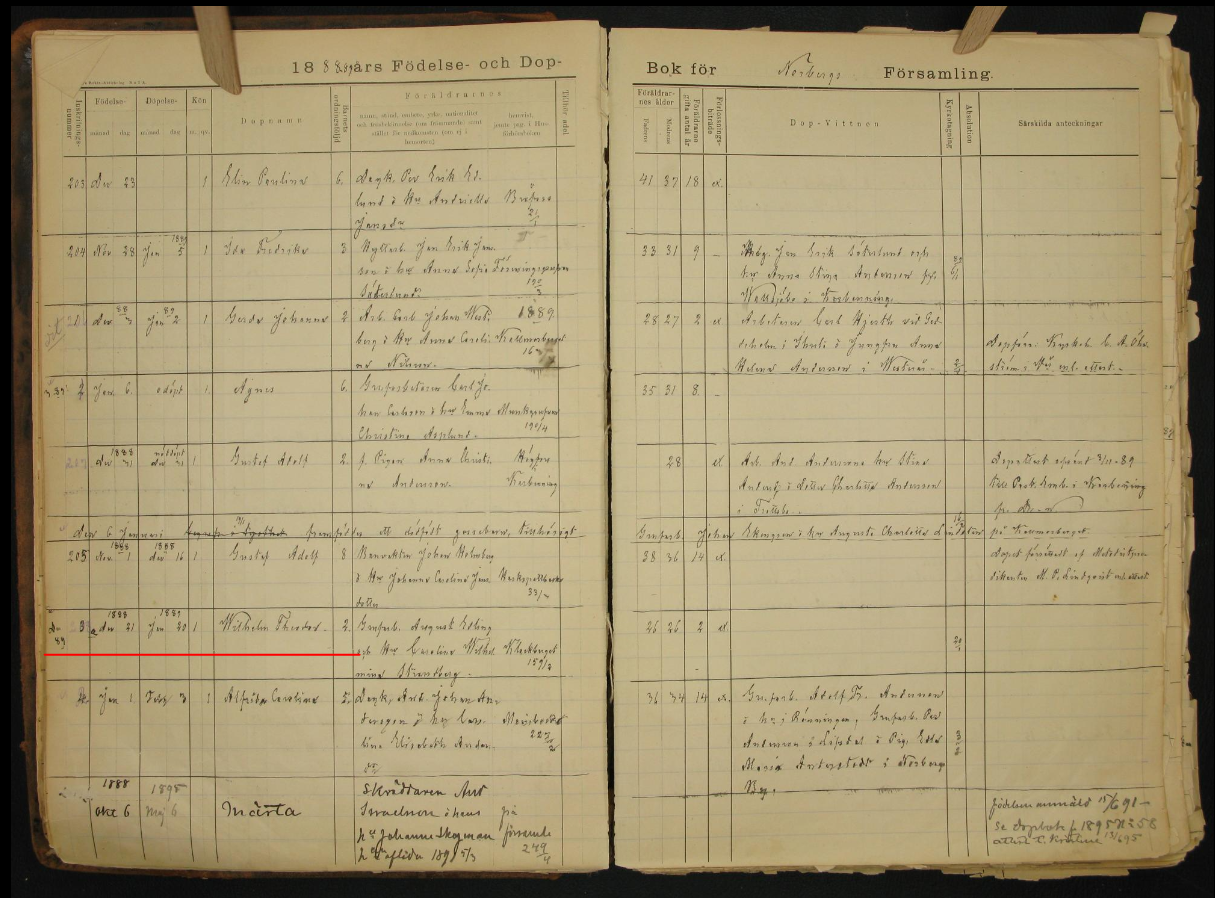


112th Infantry, Pvt Anton H Nelson, born in 1894 and raised in Djurröd, Kristianstad County by his parents Anna Persson and August Nilsson. He lived with his parents until around 1913, then he left for the USA in April 1913, according to the church books. There is no information about when or where he arrives in USA, he joins AEF from the state of Washington, but he is also mentioned in the newspapers to be one of the boys from Omaha, Nebraska, when he lost his life in the War, so maybe he moved there or lived there for a period. He went to France with his unit in August 1918.

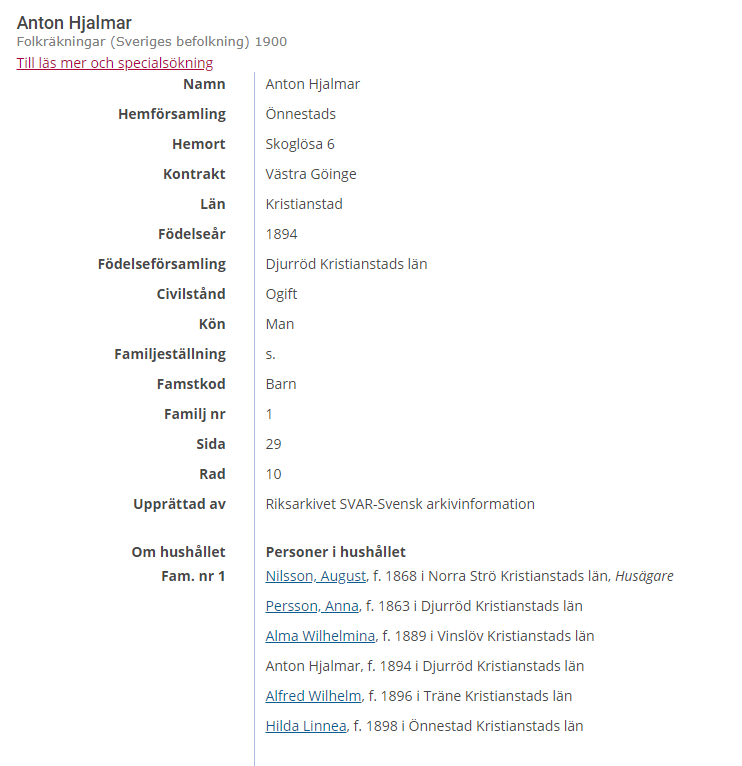


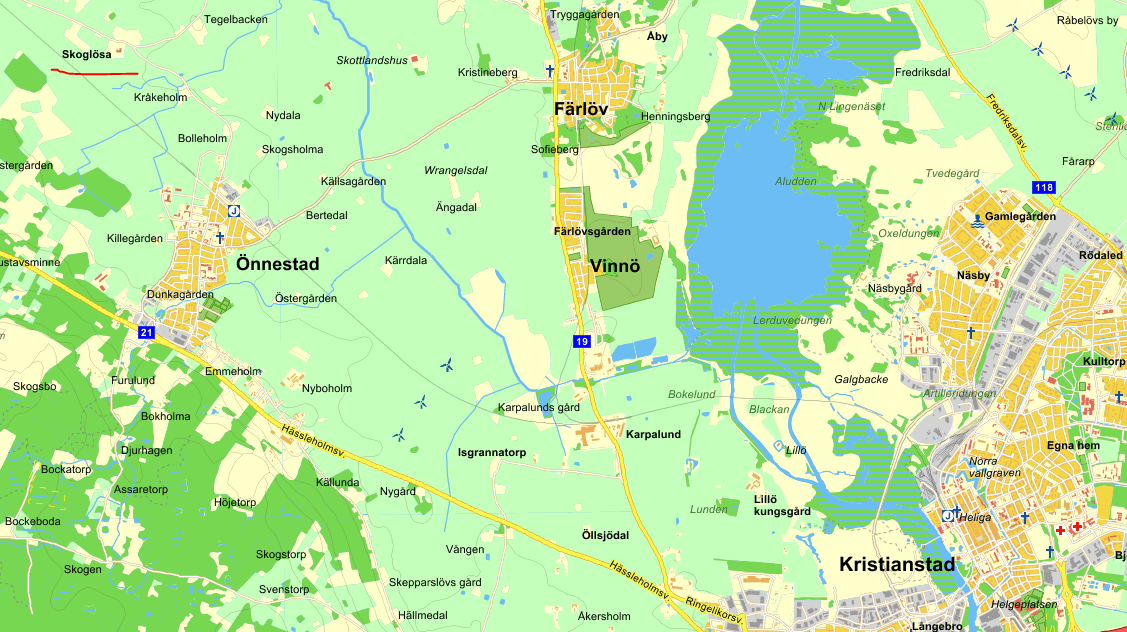
The fightings
The 28th Division, with these Swedes attached to that Division, in the beginning in different periods, was active in the Chateau Thierry sector and in the Champagne-Marne Defensive during July 9th to July 18th. The unit moved on to Aisne-Marne Offensive and the Fismes Sector from July the 18th to August 17th. During the Oise-Aisne Offensive between August 18th to September 7th all those Swedes had joined the Division, and the unit was fighting near the area of Arcis Le Ponsart, France. In this offensive there were severe fightings during the advancement north of the Vesle River. During the fightings the 28th Division fought side by side with the 77th Division, and I will later on cover those Swedes who fought in that Division.

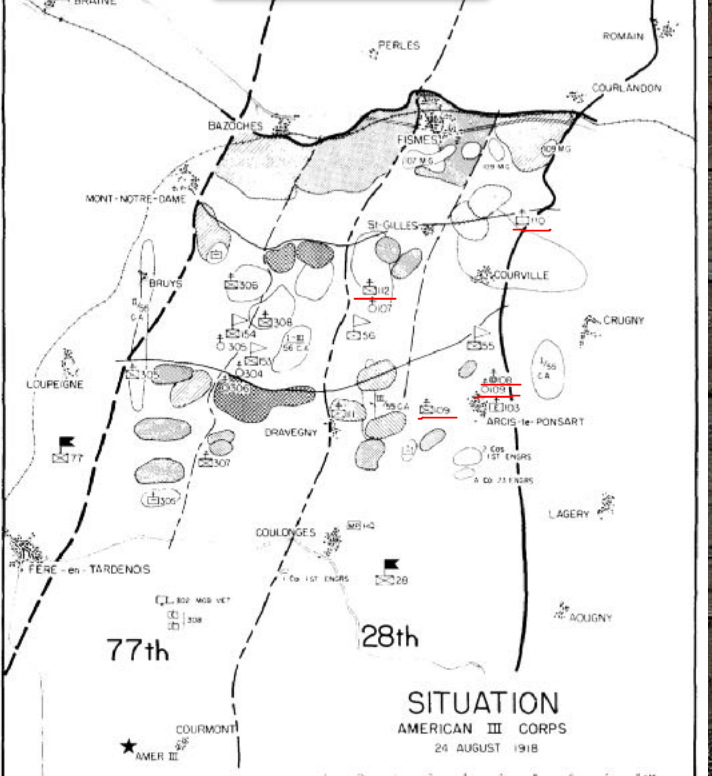

On September 20th they finally reached the front of the Argonne Forest and took over the area except one part which was held by the French until the night between October 25th and 26th.
The boys were fighting quite close to eachother in the Meuse Argonne offensive which started its first phase in September 26. Below you can see the estimated places where they fell and on which date. Fritz was the first one to fall on September 28th and then Theodore, who Died of Wounds on September 30th. Carl Blomkvist fell on October 1st.
In the Second phase of the offensive which you can see on the pictures below, Per was out first and he fell October 4th, followed by Carl Bostrom October 5th. Anton was the last to die of these six Swedes, he died of wounds in October 8th, 1918.
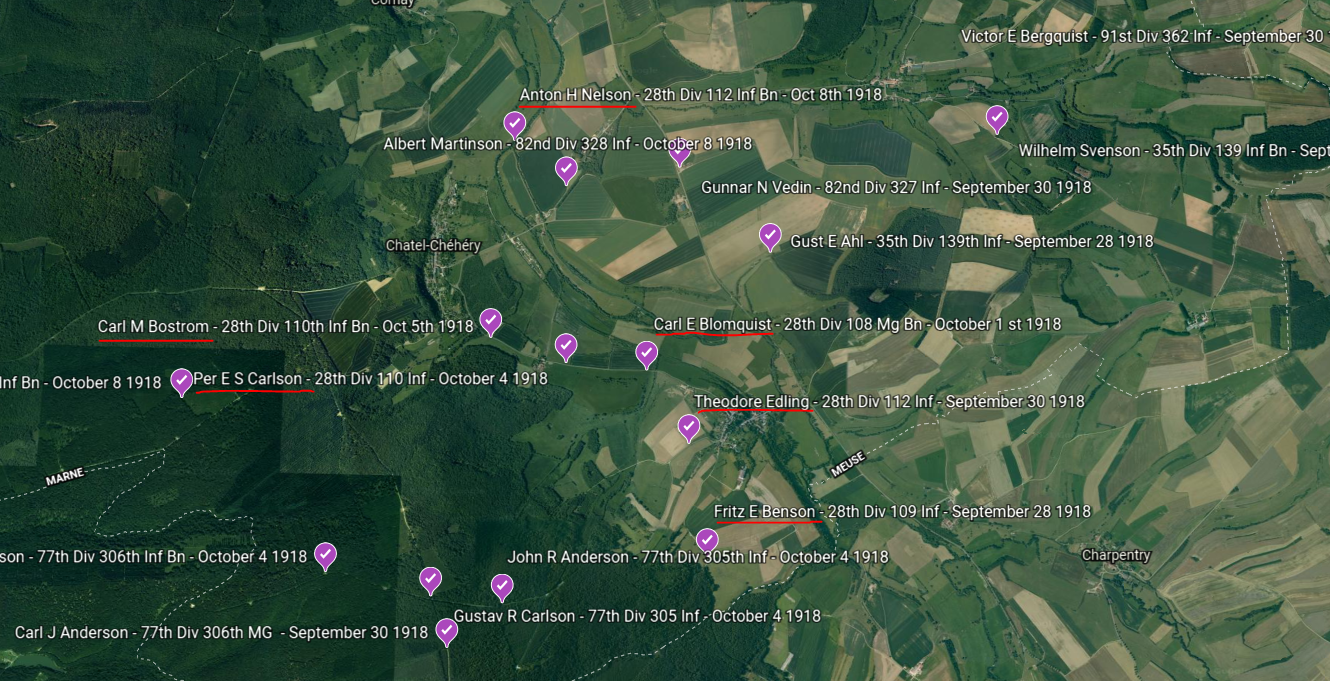
Full link to the Google Earth Project
Below you can see some maps that shows some of the positions and phases of the Offensive, and also locate the 28th Division.


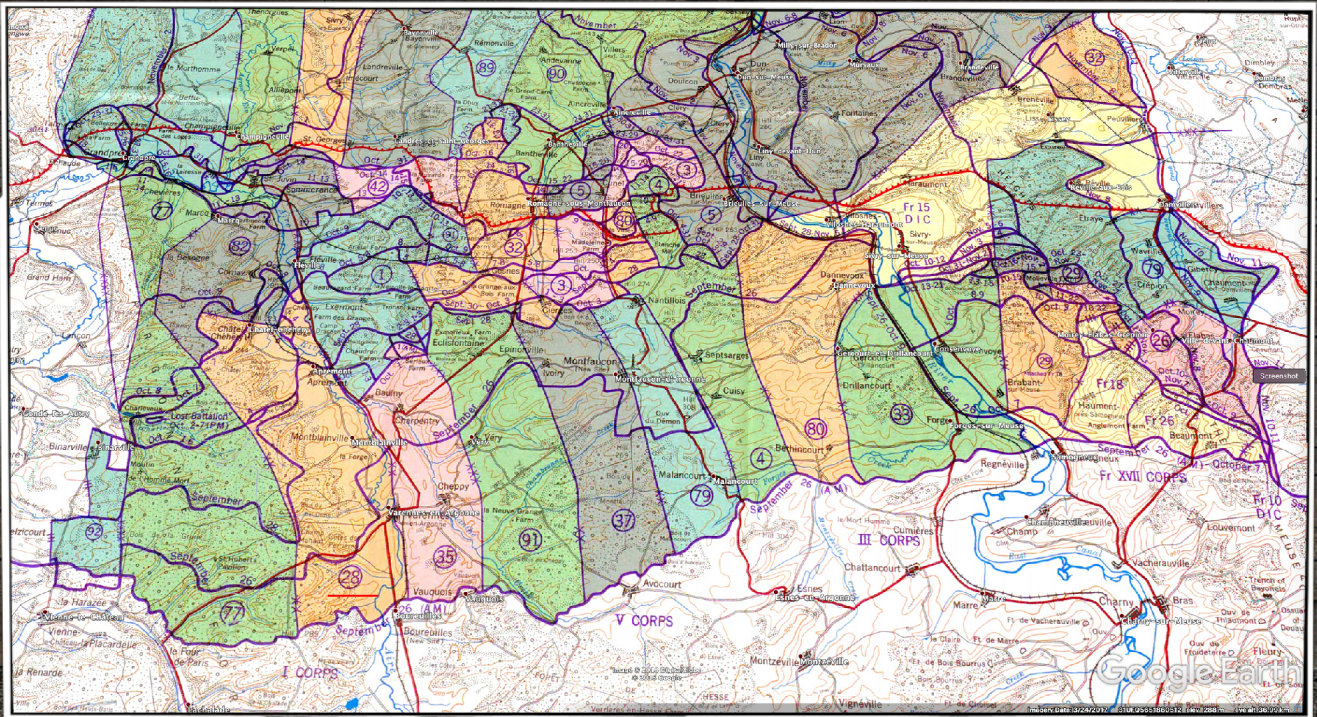
The Swedes are buried and commemorated in the American Meuse Argonne Cemetery in France. One day I will visit the areas where they fell and also visit their final resting place. In my next story I will cover some of the other Swedes who fought in other units, in the same actions on the Western Front. May they rest in peace.
